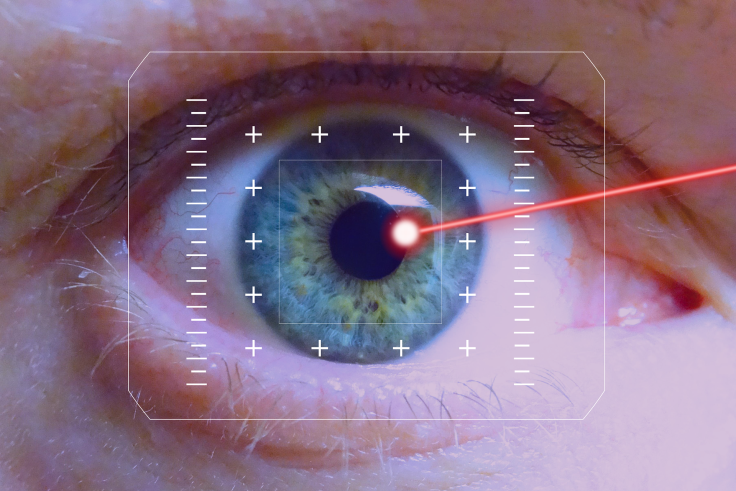Toy Laser Pointers Pose Risk To Eye Health: First Case Of Eye Damage Caused By Toy Reported In Germany

In what is being called a “one-in-a-million shot,” a bus driver in Germany reportedly suffered from permanent eye damage after a child’s toy laser ricocheted off his rearview mirror and hit him directly in the eye. Although this is the first time a toy laser has ever been reported to cause bodily harm, doctors suggest it may be time to take these items out of children’s hands for good.
Many may have heard the urban legend of the teacher who went blind after a student shone a toy laser in her eye. However, now, according to a case study published in the British Medical Journal, a 44-year-old public bus driver with 20/20 vision experienced permanent blurred vision due to retinal damage caused by a passenger’s toy. According to the report, the laser beam traveled about 50 feet from its source into the driver’s eye when he viewed it several times via the inside rearview mirror.
Immediately following the incident, the driver reported blurred vision in his right eye, which persisted for six months. After being examined by an ophthalmologist, the driver was diagnosed with subtle but detectable injury to the macula, the area near the center of the retina that is responsible for central vision, LiveScience reported. Unfortunately, there is not much doctors can do to reverse the effects.
The word "laser" is actually an acronym for light amplification by stimulated emission of radiation. In a nutshell, lasers are powerful light beams capable of traveling thousands of miles and even cutting through solid materials. Unlike regular light beams, laser light beams all have the same wavelength, giving laser light a powerful concentration of energy. When a laser is pointed at the eye, the light can cause small burns to the retina. Humans have a “blink reflex,” which cuts the contact with the laser before significant damage can be done. Doctors believe that because the driver looked into the mirror several times in an attempt to see where the light was coming from, this natural defense was overridden, which is why he sustained such damage.
The doctors involved with the study are not taking the incident lightly, and suggest that “no laser pointers of any class be made available to children, since they are unlikely to understand the risks of permanent retinal damage,” the report reads. Currently, only low energy lasers are sold to children as toys, but as shown in the case study, even these toy lasers can cause significant damage with repeated exposure.
Source: Thanos S, Bohm MRR, Meyer zu Horste M, Schmidt PF. Retinal damage induced by mirror-reflected light from a laser pointer. British Medical Journal. 2015.



























